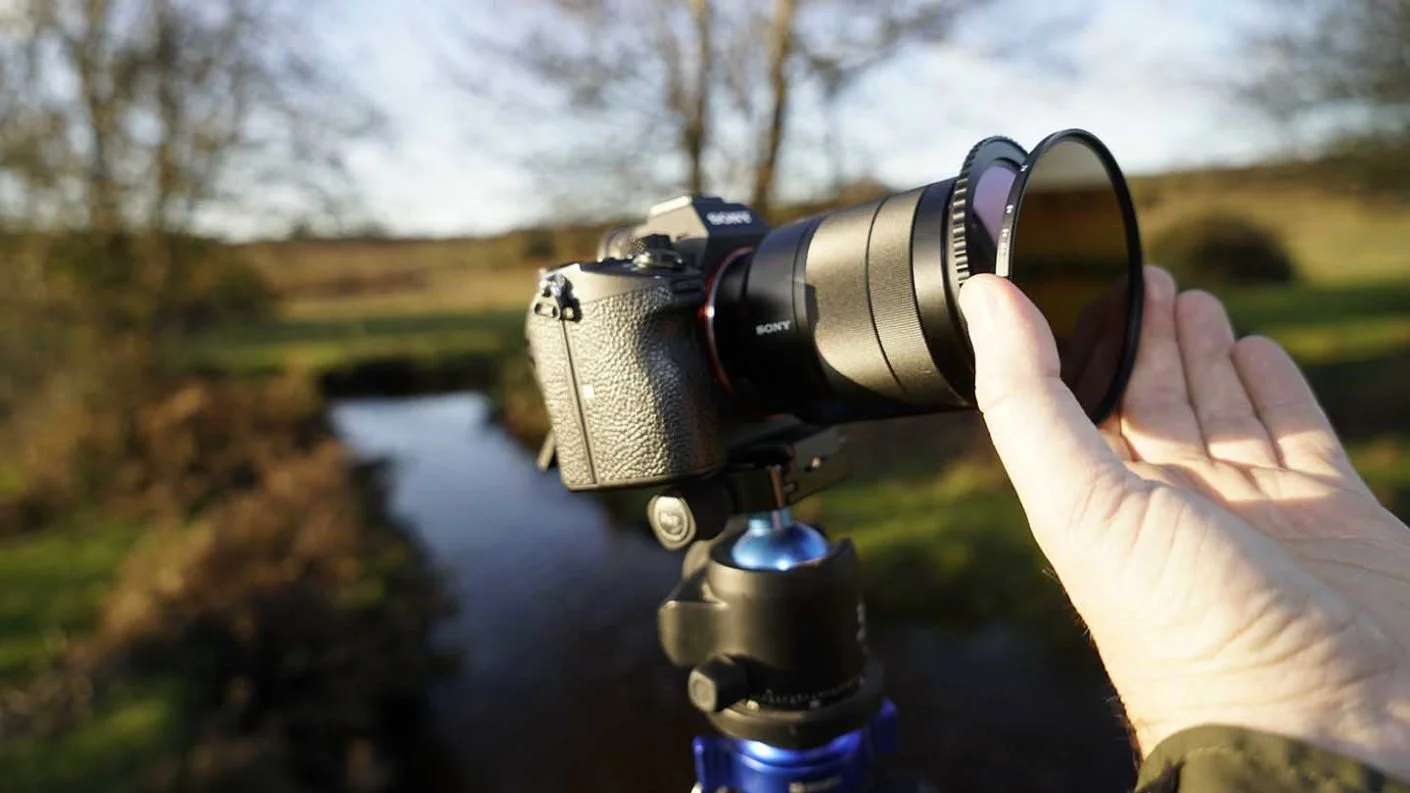Neutral density (ND) filters are essential tools for photographers, helping you control exposure time and create unique effects in your shots. This guide explores the different densities available and how to choose the right one for your needs.
6-stop Neutral Density
- Best For: Landscape photographers.
- Ideal Uses: Shooting sunsets, sunrises, twilight, waterfalls, and urban scenes.
- Advantages: Provides a versatile exposure range of 2-4 minutes at ISO 100, perfect for golden hour shots. It can double exposure time when ISO is reduced to 50, adding versatility. Consider stacking with a 3-stop filter for a total of 9-stops.
3-stop Neutral Density
- Best For: Wedding and portrait photographers, as well as filmmakers.
- Additional Uses: Landscape photography.
- Advantages: Ideal for low F-number and low ISO shooting, achieving shallow depth of field and better sharpness. Useful towards the end of sunset when a 6-stop filter may exceed 4 minutes of exposure. Stacking with ISO 50 can double exposure times.
10-stop Neutral Density
- Best For: Abstract black and white photography and urban long exposures.
- Advantages: Allows for very long exposure times in bright conditions, creating dramatic effects with the right composition. Best used in midday light and environments with prolonged daylight.
Key Takeaways
- 6-stop ND: Go-to filter for landscape photography, especially during golden hour. Stacking with a 3-stop provides more flexibility.
- 3-stop ND: Preferred by wedding and portrait photographers for controlling shallow depth of field and sharpness. Versatile for use in various lighting conditions.
- 10-stop ND: Excellent for creating artistic, long-exposure shots in bright light. Avoid using during golden hour, as exposure times can exceed sunset or sunrise periods.
Recommendations
- For landscape photographers: Consider the 3-stop and 6-stop NDs for the greatest versatility in your shots.
- For wedding and portrait photographers: Opt for the 3-stop ND for better control over flash sync and low ISO shooting.
- For abstract and urban photographers: Choose the 10-stop ND for pushing exposure times and capturing motion in bright environments.
Ultimately, your choice will depend on the type of photography you do most often and your desired effects. Choose filters based on your specific needs and preferences for the best results.
